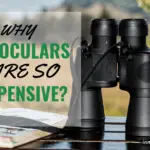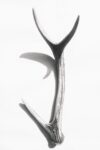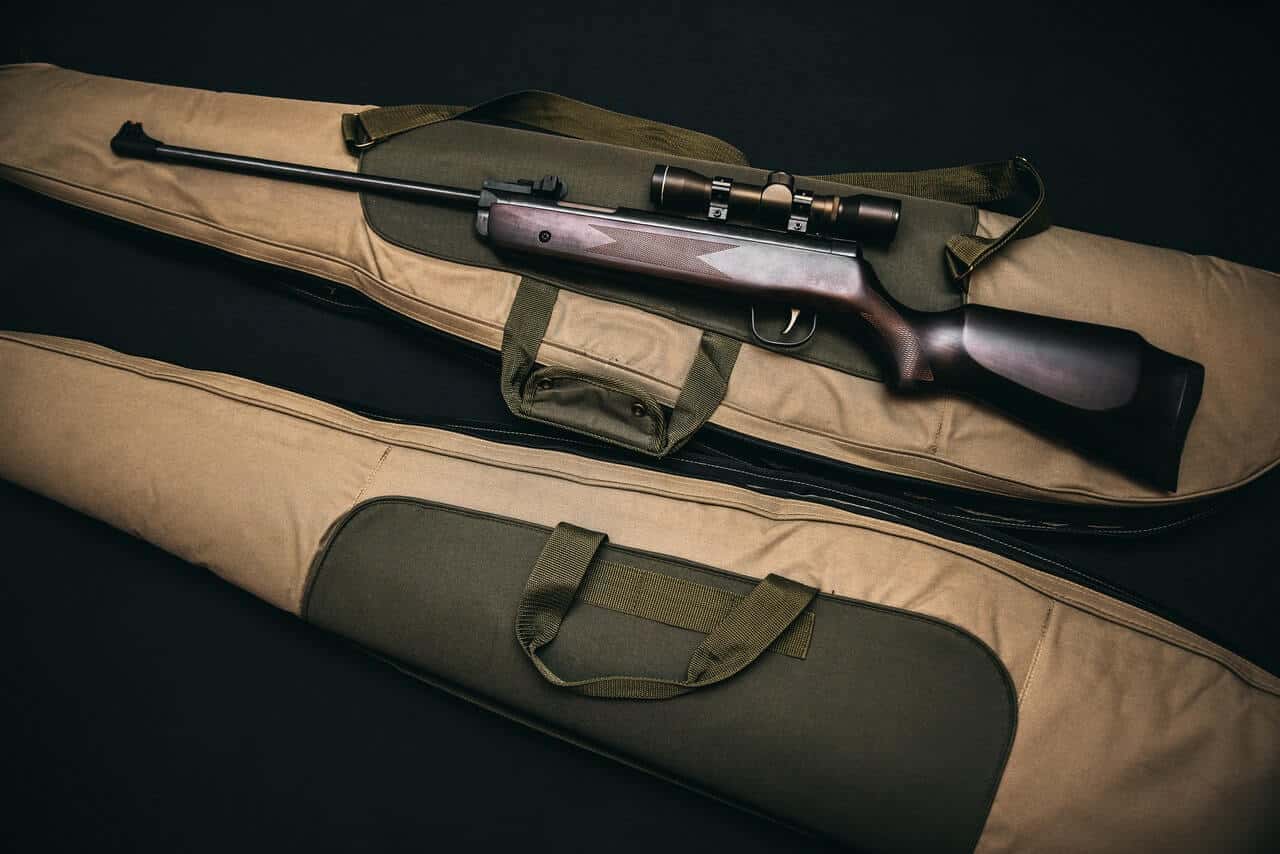Can I Bring A Rifle Scope To Canada?
Traveling with firearms is obviously a minefield, but even just transporting the parts and accessories might be a lot more complicated than you think. Every country has its own laws about what components are allowed and which aren’t, so you might be wondering: can I bring a rifle scope to Canada?
You can bring a rifle scope into Canada and Canadian law states that you do not need any kind of firearms license to import any non-prohibited firearm parts. However, the issue is in exporting the scope out of the USA, as you need to follow some pretty strict restrictions and regulations.
Read ahead to find out how to navigate the labyrinth of bringing your parts with you across the border, and what it might take to bring one back as well.
How Can You Take A Rifle Scope To Canada?
No one’s surprised by the idea that crossing an international border with a firearm is a complicated process with a lot of hoops to jump through, but it might come as more of a shock that even transporting parts can involve a lot of red tape.
Importing rifle scopes to Canada is not a problem, as they are not considered prohibited devices (which are items like handgun barrels that are 105 mm or less in length or parts made exclusively for a fully automatic firearm). You will need to comply with export regulations from the US, however, which are a little trickier.
Depending on the type of scope that you are transporting, you will need to know its export classification, and then you will need to figure out whether you need an export license (which is highly likely), and which that might be.
Read Also: What is the Best Rifle Scope for Deer Hunting?
Export Classifications
You can find the various classifications for firearm parts on the Export Administration Regulations (EAR) website. Any scope will fall into one main category, but there are often subcategories that you need to look out for as well.
In general:
- Iron sights and fiber-optic sights are generally classified as either EAR99 or 0A501.y.3
- Other sporting sights (holographic, reflex, reticle, telescoping, laser-aiming, etc.) are generally classified as 0A504 and then sub-categorized.
- Precision and high-power scopes for military use are usually 0A504.i and military night vision or laser devices are generally Category 6 or Category XII.
It’s usually easiest to ask the manufacturer, but you can look through the EAR website to determine the classification. You don’t want to get this wrong, though, or you could face repercussions later. For really high-end gear, you might even want to request a classification yourself.
Export Licenses
Once you know how your scope is classified, you can figure out whether you need an export license before it crosses the border.
Iron sights and fiber-optic sights with an EAR99 or 0A501.y.3 classification do not require an export license, but you may need to submit through AES if the shipment has a value of over $2500.
Pretty much every other kind of scope requires a license in order to cross the border into Canada. That includes red dot, reticle, reflex, telescopic, and holographic sights, precision and high-power scopes, military-grade night vision and laser devices, and most other sights that contain laser or optical elements.
It’s not too tricky to get your hands on a license, but they can be pretty expensive. You can submit your request over at the BIS website through their SNAP-R process.
License Exceptions
It is possible to get an exception which will mean that you don’t need an export license, but they are not very easy to obtain and you will still need to follow some pretty strict requirements even with an exception.
You can find the list of exceptions on the BIS website, and you can submit an application for an exception via the DDTC through the Defense Export Control and Compliance System.
What Other Equipment Do You Need An Export License For?
Unfortunately, basically any equipment that is related to firearms may well need an export license. You can find yourself pulled over by border patrol for something as simple as a sling, so you need to make sure that you have all your documentation in order before you travel.
Of course, the regulations for exporting an actual firearm and/or ammunition are also very strict. You can expect to be seeking a DDTC or BIS export license for those as well, and there are a number of important rules that you have to comply with.
What If I’m Just Visiting?
While it might seem like a lot to deal with, these rules apply to temporary exports as well as permanent ones. Even if you are only heading to Canada to do some hunting for a week or so, you still cannot travel with rifle parts without gaining the correct export license first.
Can You Bring A Rifle Scope On A Plane?
Once you have all the proper documentation in place, you should also be aware of the rules that the TSA has regarding bringing rifle scopes onto a plane. It’s not impossible, but it can be complicated.
While scopes are not specifically restricted, the TSA does give guidelines to follow, and each airline will have its own rules about how and where a scope could be carried.
Also Read: Can you take a rifle scope on a plane?
Can You Bring Rifle Scopes From Canada To The USA?
Much like it is when you’re traveling the other way, bringing a rifle scope from Canada to the US is more complicated from the export side than it is from the import side.
The USA does not require a permit or even an import license for most rifle scopes to be imported, even those manufactured to military specifications. Canada, however, will require you to obtain an export permit for any firearms, firearm-related goods, or ammunition.
Summary: Can I Bring A Rifle Scope To Canada?
So, can you bring a rifle scope to Canada? You can, but it can be quite a difficult process. While Canada does not have any restrictions on importing rifle scopes, you do need to comply with US export laws, which are a lot more restrictive.
For most scopes, you will need to either gain a DDTC or BIS export license, or a DDTC license exemption. The license itself will also outline all the regulations that you need to comply with.
If you’re only going for a short trip, it is a lot easier to just hire or purchase your own rifle parts while you’re out there.

An optics enthusiast – I love bird watching as well as wildlife. Originally from South Africa, I moved to the UK at a young age. I love reviewing the latest binoculars as well as traveling. I work as a comms consultant during the day. My plan is to travel across the world so building up to that goal.






